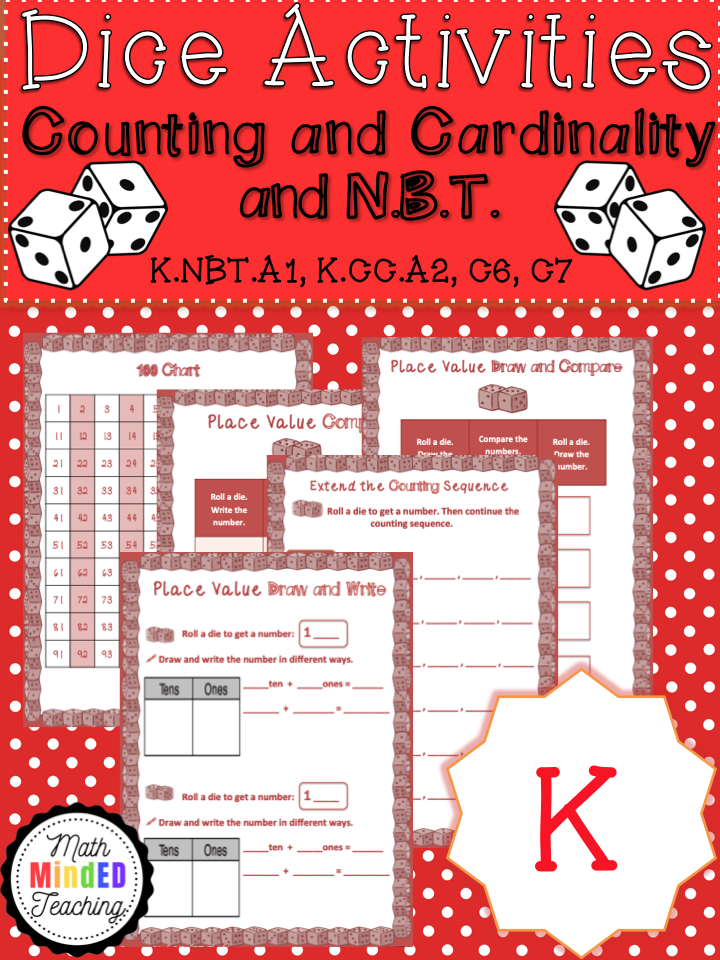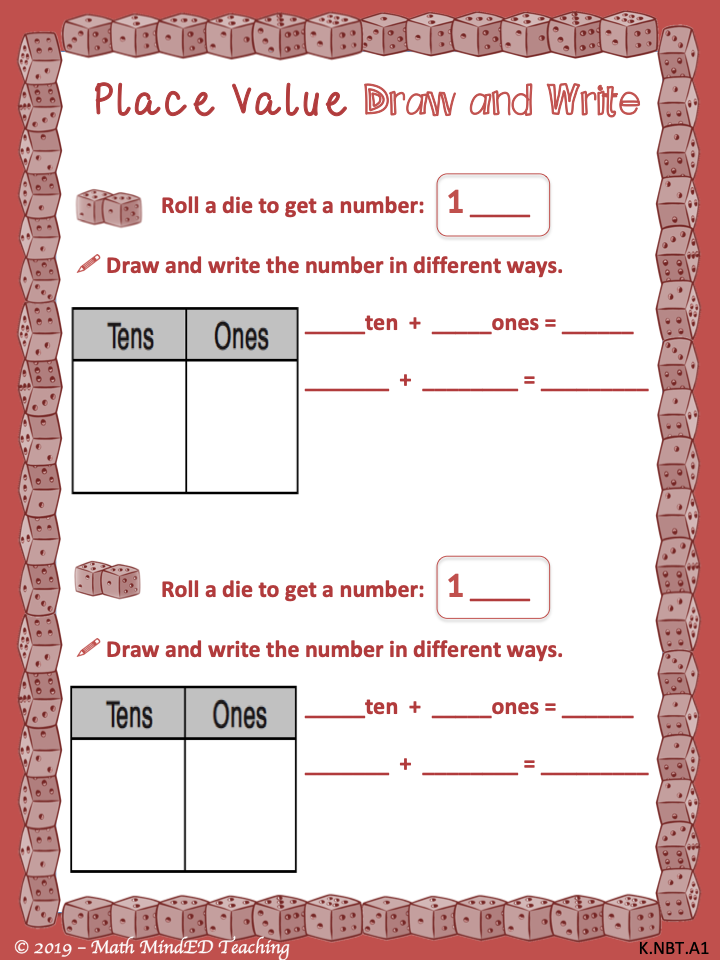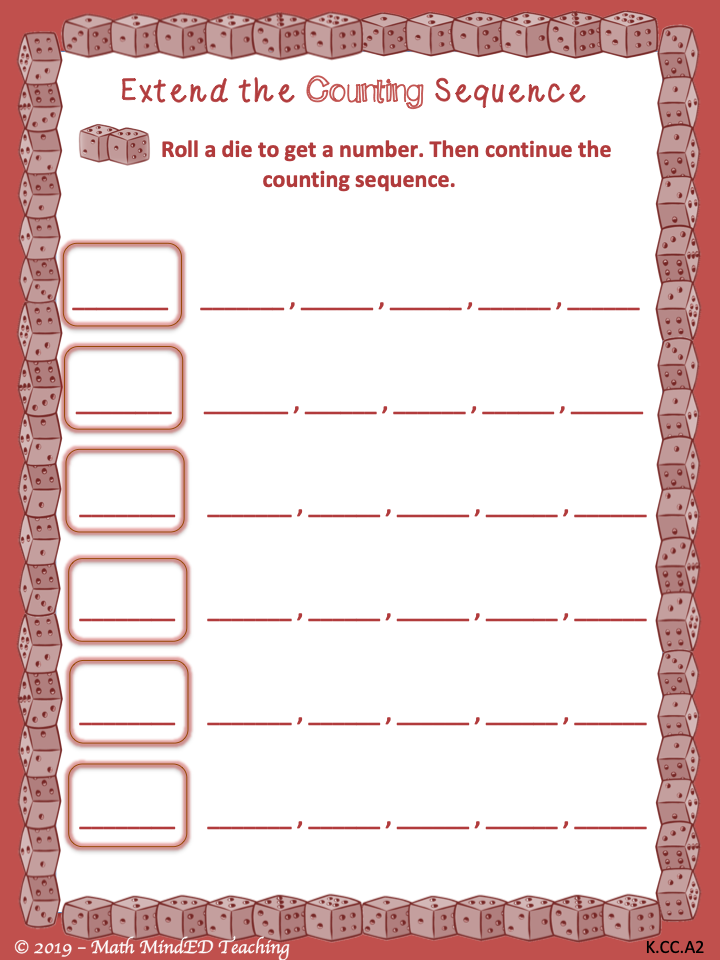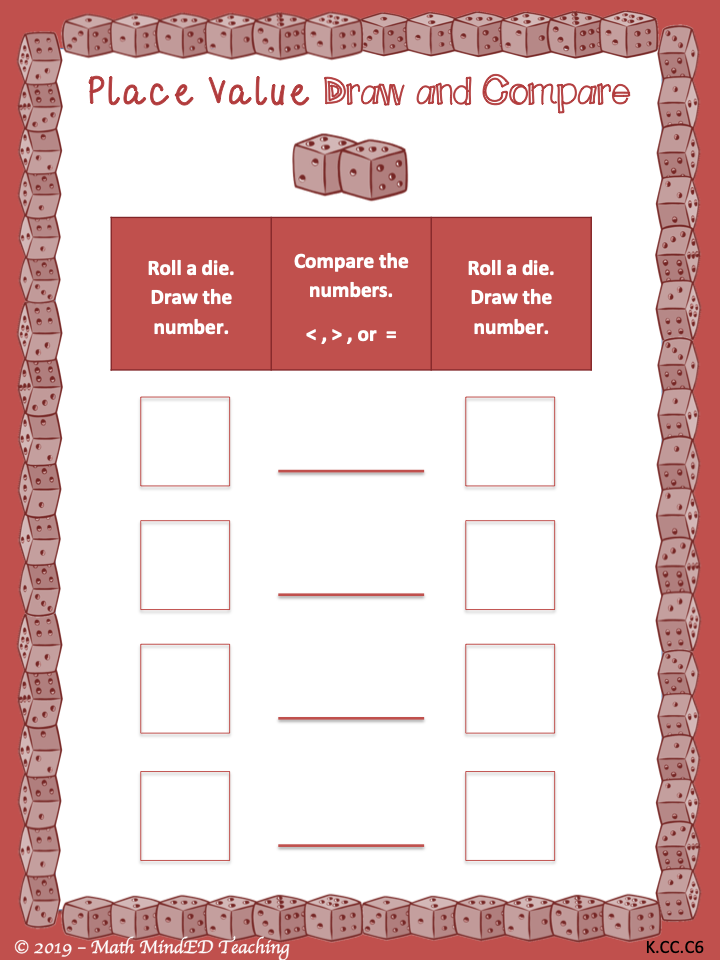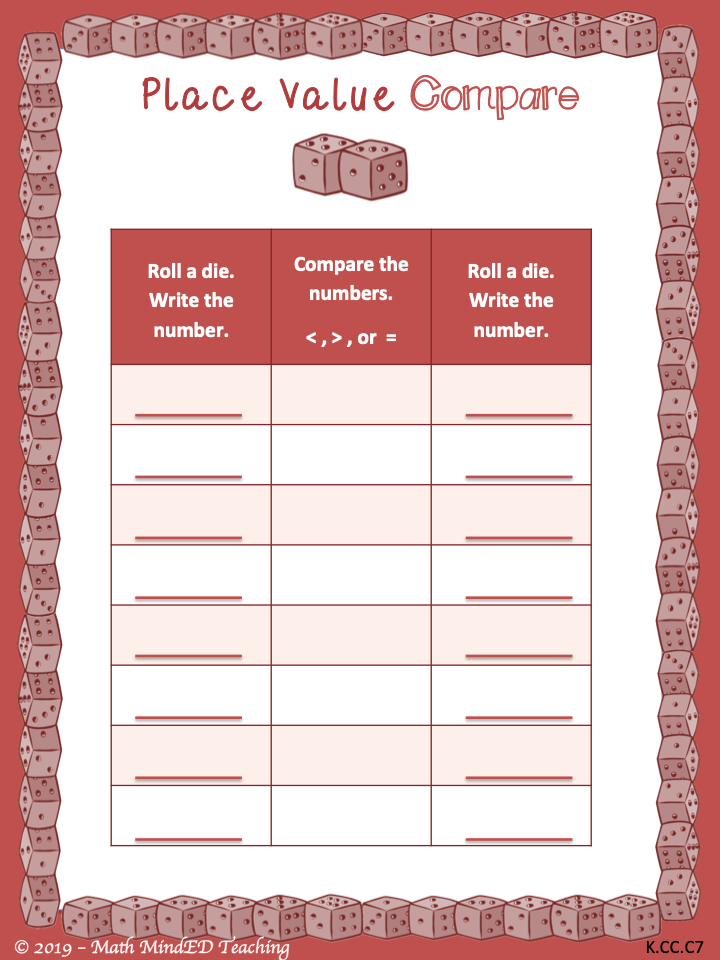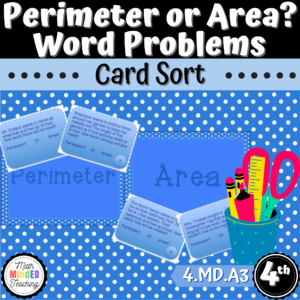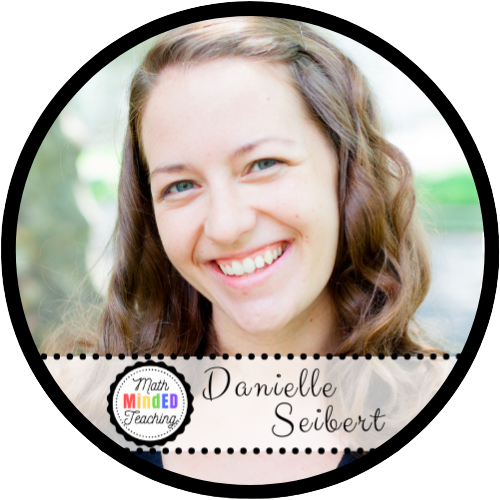Are you struggling to find quick and easy math activities and games for your math centers, work stations, or independent work? Do you wish there was just an easy no nonsense, low-prep activity you could use over an over again?
Look no more.
These four simple to use and prepare dice games and activities cover both number and operations for base ten and counting and cardinality domains for kindergarten. The four activities included cover composing and decomposing teen numbers, extending the counting sequence, comparing the number of objects in two groups, and comparing written numerals. Dice activities and games are a great way to engage your Kindergarten students in mathematics. Best of all, they are easy to prep! All you need is the sheet and dice and you are ready to go! Slip the sheet into a page protector or communicator and give students a dry erase marker for endless math fun that is always ready to go.
K.NBT.A.1 Compose and Decompose Numbers 11-19
One of the major content clusters for Kindergarten is to be able to “work with numbers 11-19 to gain a foundation for place value.” Your kindergarten students must be able to compose and decompose numbers from 11 to 19 into ten ones and some further ones. They can do this by using objects or drawings. Students will be expected to record each composition or decomposition by a drawing or equation (such as 18 = 10 + 8). To deepen their conceptual understanding of place value, Kindergarteners need to understand that these numbers are composed of ten ones and one, two, three, four, five, six, seven, eight, or nine ones. To read further on major, supporting, and addition content clusters for kindergarten mathematics click here.
K.CC.A.2 Extend the Counting Sequence
Another one of the major content clusters for Kindergarten is to “know number names and the count sequence.” Kindergarteners must be able to count forward beginning from a given number within the known sequence, instead of having to begin at 1.
In this dice activity, students will roll a die to generate a starting number. The student then completes the counting sequence. You can easily differentiate this activity by changing the die to have larger numbers written on it. Or give students two dice to generate a two digit number. Even better, give students two dice for them to first roll and add together to get their starting number. This will reinforce two skills at once!
K.CC.C.6 Compare the Number of Objects in Two Groups
Yet, another one of the major content clusters for Kindergarten is to be able to “compare numbers.” Students must be able to identify whether the number of objects in one group is greater than, less than, or equal to the number of objects in another group. They can do this comparison by using matching and/or counting strategies.
In this dice activity, students will roll a die to generate two numbers. Students will then draw a representation of the number as seen on the die. For example, if the students rolls a four, they will draw four pips or dots on the page. The student will then compare the number of objects.
K.CC.C.7 Compare Written Numerals
Another standard under the major content cluster for Kindergarten of “compare numbers” is to compare two numbers between 1 and 10 presented as written numerals.
In this dice activity, students will roll a die to generate two numbers. Students will then write the numerals and compare them.
Would you like to check them all out for yourself?
Get all four games here!

